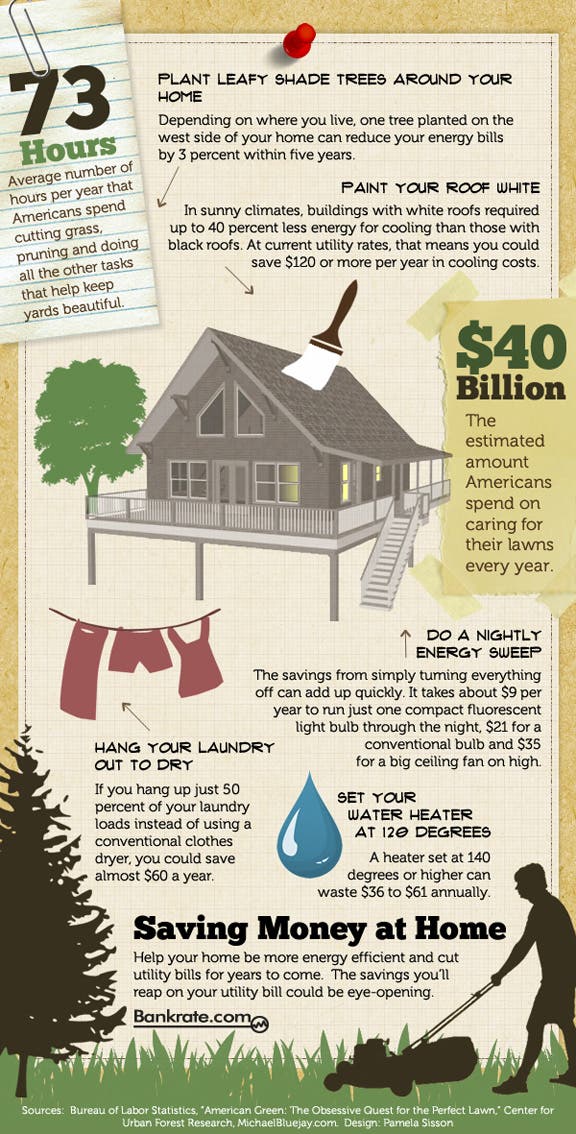Caring For Your Landscape After Tree Removal Is Important For Its Repair; Discover Essential Procedures To Rejuvenate Your Setting And Prevent Future Complications
Caring For Your Landscape After Tree Removal Is Important For Its Repair; Discover Essential Procedures To Rejuvenate Your Setting And Prevent Future Complications
Blog Article
Web Content Composed By-Franks Cho
After a tree's elimination, your landscape may look fairly various, and it's vital to examine the consequences very carefully. You'll wish to examine the dirt disruption and check surrounding plants for any signs of anxiety. Disregarding these elements can cause larger problems down the line. So, what should you perform with those stumps and roots? And just how do you select the most effective plants for your revitalized area? Allow's explore these crucial actions.
Examining the After-effects: Examining Your Landscape
After a tree removal, it's important to analyze your landscape to understand the influence it carries your backyard.
Start by checking out the area where the tree stood. Search for signs of dirt disturbance, and inspect the surrounding plants for any type of anxiety or damage.
You must also bear in mind of exactly how the removal has actually changed sunshine direct exposure and airflow in your garden. This change can influence the development of neighboring plants, so it's vital to review their health and wellness.
Think about https://root-removal95162.eedblog.com/35380384/tree-elimination-security-standards-key-points-to-understand-prior-to-starting might develop an open space that you can upgrade.
Lastly, think about any prospective disintegration problems that may develop from the tree's lack. Attending to these variables early will aid recover balance to your landscape.
Handling Stumps and Roots: Choices for Removal
As soon as you've analyzed the aftermath of the tree removal, you'll likely need to take on the stump and roots left behind.
You have a couple of options for elimination. One reliable technique is stump grinding, where a specialist utilizes a device to grind the stump down to underground degree. This strategy leaves minimal disruption to your landscape.
If you prefer a DIY approach, you can use a mix of excavating and chemical stump cleaners. Simply bear in mind, this process can take time and effort.
Conversely, take into consideration leaving the stump as a natural feature, which can function as an one-of-a-kind garden aspect or environment for wildlife.
Whatever you select, dealing with the stump and roots is vital for recovering your landscape.
Choosing the Right Plant Kingdoms for Your New Space
As you evaluate your recently cleared space, picking the right plants can substantially boost your landscape's beauty and functionality.
Start by considering the sunshine and soil conditions. For warm areas, choose drought-resistant plants like lavender or succulents. In shaded spots, brushes and hostas thrive well.
Think about the dimension and development routines of your plants; mix perennials and annuals for seasonal variety. Don't neglect to integrate native species; they need less upkeep and assistance local wild animals.
Group plants in strange numbers for a more all-natural appearance and develop layers for aesthetic depth.
Lastly, ensure you have a mix of colors and textures to maintain your landscape vibrant throughout the periods.
Satisfied https://patch.com/wisconsin/milwaukee/mpd-investigates-pair-shootings-one-deadly !
Verdict
In conclusion, restoring your landscape after tree removal is a gratifying process. By analyzing the aftermath, resolving stumps and roots, and selecting the right plants, you'll produce a growing setting. Do not neglect to integrate erosion control actions to shield your soil. With a little effort and care, you can transform your area into a lively yard that boosts your residential or commercial property. Accept the opportunity to invigorate your landscape and appreciate the charm of nature right in your backyard!
